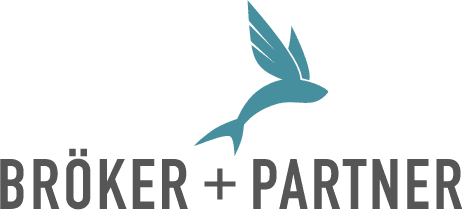Gaining transparency on leadership quality
Industry: Logistics, approx. 7,000 employees, employees affected: 300, area: Operations, engineering, administration
Project duration: 3 years, consulting services: Management audit design and implementation, 6 consultants

A rapidly growing logistics company wanted to know whether its managers were the right people to face the challenges of the future together. The organisation, which was decentralised across locations throughout Germany, had grown organically, and many of the managers had come from within the company’s own ranks.
The management wanted an objective assessment of its management team.
Bröker + Partner worked with the HR department to develop a competency model for managers, which defined the requirements for management levels. Based on our experience in the field of aptitude testing, we developed a management audit in which each manager was individually assessed by us and an internal manager using the competency model.
The audits consisted of interviews, role-playing and an aptitude assessment test procedure. A total of approximately 300 managers across five levels and six locations took part in the procedure.
The results showed that around 20% of participants did not meet the requirements or only met them to a small extent. This led to managers returning to specialist tasks or an exit strategy being put in place.
The majority of managers were classified as suitable but in need of development. A targeted development programme was set up for these participants. The success of the programme was measured in a re-audit two years later.
Some managers exceeded the requirements and were thus prepared for higher management positions.
After completing the programme, the management was confident that it had the right management team and that leadership skills had improved significantly overall.
START: AS IS
Uncertainty about whether the right managers were on board to meet the challenges of the future.
GOAL: TO BE
Clarity about the performance capabilities of the company's own management team. Identification of those who are not suitable. Setting up a targeted development programme to develop leadership skills and build a ‘goldfish pond’ for future leadership positions.
IMPLEMENTATION
Development of a competency model to measure leadership ability. Development and implementation of a compact management audit. Setting up a development programme for managers.
EVALUATION / RESULTS
After completion of the process, four groups with different needs for action emerged:
Group 1: Does not meet requirements: demotion to a specialist role or exit strategy.
Group 2: Partially meets requirements: development programme followed by re-testing.
Group 3: Meets requirements: no action necessary.
Group 4: Exceeds requirements: Preparation for a higher-level management role.
LESSONS LEARNED
The key to this approach is to develop a competency model that reflects the actual requirements for managers and is measurable. When conducting the audits, intensive communication in advance about the nature, scope and objectives of the management audits was important for the acceptance of the process. Furthermore, close involvement of the works council is necessary for the success of such a project, as we are dealing with co-determination here.





